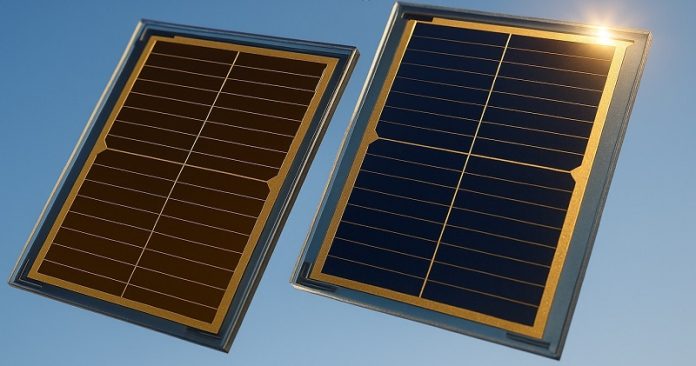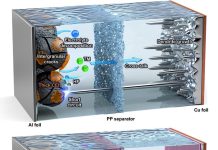
A team of researchers in China has made a major breakthrough that could lead to more efficient and longer-lasting solar panels.
The team, led by Professor Ge Ziyi at the Ningbo Institute of Materials Technology and Engineering, has developed a new way to protect a key part of solar panels known as all-perovskite tandem solar cells (TSCs).
Their findings were recently published in Nature Communications.
Tandem solar cells are a special type of solar technology designed to get the most out of sunlight.
They use two layers of perovskite materials—one that captures high-energy sunlight at the top, and another that catches lower-energy light underneath.
This smart design means more sunlight can be converted into electricity, making the panel more efficient overall.
However, there’s been a big problem. A material called NiOx, used in the top layer of the cell, tends to corrode when it comes in contact with certain acidic chemicals used to stabilize the solar panel.
This corrosion reduces the cell’s performance and shortens its lifespan.
In the past, researchers used phosphoric acid to help the materials stick together, but it was too harsh and caused damage over time.
To solve this issue, Professor Ge’s team used a gentler acid—boric acid—to create a new type of surface treatment called BA-SAMs. These special molecular layers bond more strongly and more evenly with the NiOx material.
This stronger, smoother connection helps the parts of the solar cell stay together without causing damage, making the solar panel both more powerful and more durable.
Using this approach, the team built a top solar cell with an improved power conversion efficiency of 20.1%. When they combined it with a bottom cell to form a tandem structure, the full solar cell reached an impressive efficiency of 28.5%. Even better, the solar panel maintained 90% of its performance after 500 hours under full sunlight, showing excellent long-term stability.
This discovery brings scientists closer to creating affordable, high-performance solar panels that last longer and make better use of the sun’s energy.
It’s a promising step toward bringing advanced solar technology to homes, buildings, and power systems around the world.



